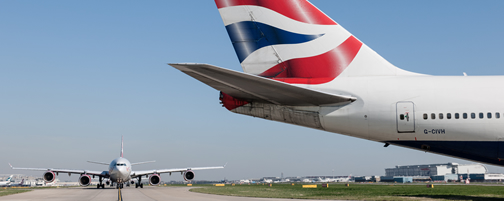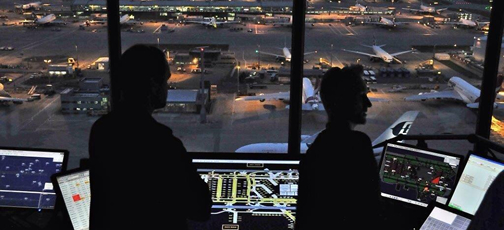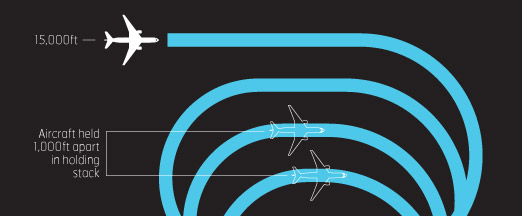Guest post: Time Based Separation – A customer perspective
28 February 2014As a British Airways pilot on the Airbus fleet based at Heathrow, I am all too familiar with the impact of strong headwinds on final approach into Heathrow.
Basically, when there are strong headwinds, we have a reduced groundspeed compared to a still wind day and, given that aircraft are separated by distance on final approach, this results in a reduced hourly landing rate. Unfortunately, this has the all too familiar consequence for us of a lengthy inbound slot delay.
Heathrow is running close to capacity and there is little opportunity to recover from these delays when they do occur. I have been told that headwinds are the single biggest cause of delay at Heathrow and there about 60 days in the year when there are significant delays as a result of strong headwinds.
October 11th 2013 was just such a day and the airport suffered from 12,000 minutes of direct delay without even factoring in the rotational impact of the strong winds due to the knock-on effect of the original slot delays.
We do see TBS as the future as this will enable aircraft to be spaced closer together on approach in terms of distance but with no reduction in the time interval between landings compared to a calm day.
We know that TBS will not solve all strong wind delays but it will certainly reduce the length of our inbound slot delay. Indeed, we understand that TBS will reduce delays due to winds by 50% and, consequently, we are committed to working hard with NATS to ensure that ATC and crew procedures enable the maximum benefit to be achieved when it is introduced.
For example, I will take some controllers into our flight simulators so they can fully understand any changes to procedures from a pilot perspective.
Ultimately, we look forward to the introduction of TBS in 2015 as it will make a big difference to our customers.
Comments
Please respect our commenting policy and guidelines when posting on this website.




04.03.2014
18:14
Gianluca
All is correct.
The logic behind this new features is completely an example of Newtonian one: for every action, there is an equal and opposite reaction. In this case we improve landing rates in order to reduce delay, maximize capacity, improve the cost-benefit ratio.
On the contrary, using an holistic prospective, this means to approach closely the system edge.
Sometimes we need to investigate on our tasks “up and out, not down and in^”. We need to see the “system” from an external point of view.
The question is: using a balance, taking safety on the one hand and the cost-effectiveness of the system on the other one, is it so fundamental and really necessary to exacerbate the system?
The year 2012 saw Heathrow to manage 471390 movements. To reduce arrival delays by circa 80,000 minutes a year means to re-give to any stakeholder 10 seconds for aircraft (This is a limited and simple consideration but it is a consideration).
In a long-term logic different solutions have to be found.
^ Sidney Dekker, From Hunting Broken Components to Understanding Complex Systems.
06.02.2015
19:00
David Rogerson
I would like to see more about the report on increased degradation of vortices during high wind conditions. It seems counter-intuitive that a vortex left behind an aircraft will be shorter just because that air is moving faster. How does this happen?